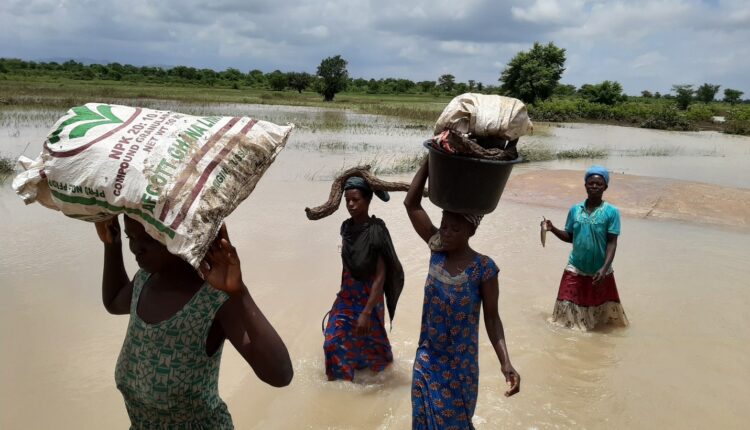Another Dam Spillage Renders Some Vulnerable Ghanaians Homeless: Who Is To Blamed?
Over the years, communities living in the catchment of dams have found themselves wanting due to spillages without adequate warning by the authorities.
People are therefore caught unawares and they dive in all directions to safer ground. One can imagine the bizarreness of the situation. A sudden inundation and unplanned evacuation amidst the spillages.
However, it is difficult to conceive that a major exercise like dam spillage is done without prior notice to those who stood in danger. Spillages are routinized in dam management or maintenance culture. It is to keep a dam’s water levels in the equilibrium to avoid damage to the facility. The social face of dam spillages is the unavoidable act of protecting livelihoods of those to be affected by the action.
These may include finding alternative shelters for evacuees, tasking research scientists to innovate farming in order to obviate unfavorable environmental conditions and the creation of buffers around dams as first step towards a permanent resettlement of people in the long term.
Another option is for engineers to channel excess water to smaller dams or storage reservoirs for beneficial uses instead of the wastage.
Communities, crop farms and livestock in northern Ghana are swept off by spillage water anytime the Bagre dam in Burkina Faso is set off.
Ghana finds herself in peculiar situation because aside from initiating own dam spillages, she also contends with flash waters emanating from Burkina Faso.
Since 1999, eight years after the construction of the Bagre multipurpose Hydro Dam on the White Volta sub-basin in Burkina Faso, several communities in Ghana to the downstream of the White Volta River have experienced series of flood disasters. These disasters have occurred partly because, the Burkinabe power company, Société Nationale Burkinabe d’Electricité (SONABEL) continues to spill excess water from the Bagre Dam in order to maintain the Dam’s water holding capacity. From the downstream side, it appears Ghana’s preparedness is still trailing as risk reduction strategies are daunting.
The previous flood disaster from the Bagre spillage happened on September 3, 2018, leading to death of dozens, destruction to farmlands and homes. The current flood that happened on September 1, 2022 should alarm authorities to take action as to how to solve this problem both in the Northern Region and the Greater Accra Region.
Should there be further spilling of water in the country how best can we as a nation avoid the destructive consequences ? The compelling circumstances may have to goad relevant authorities into action, both in exhortation and mobilization. They include, the National Disaster Management Organization (NADMO), security services, traditional rulers and district authorities.



